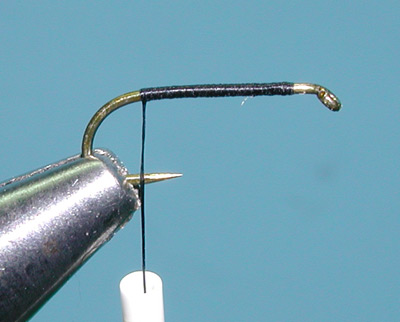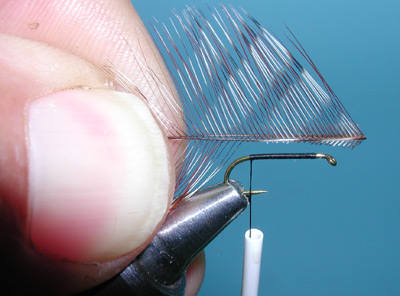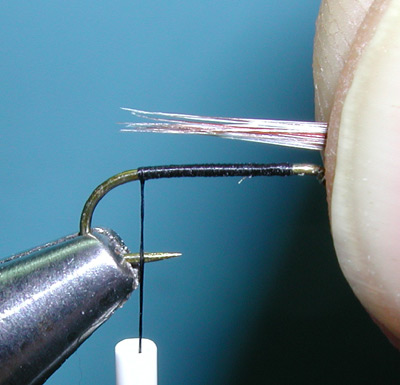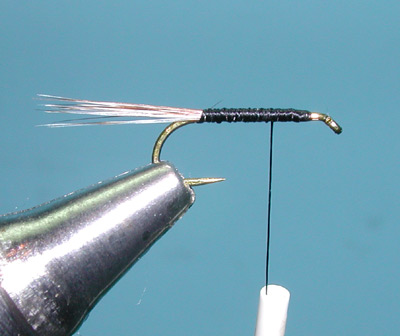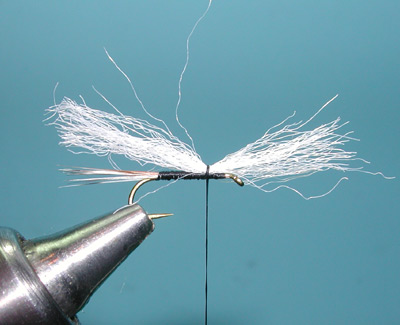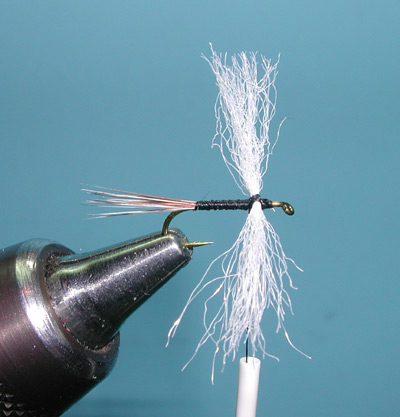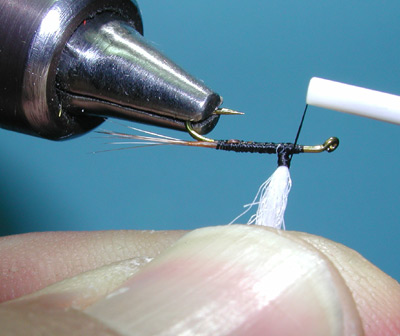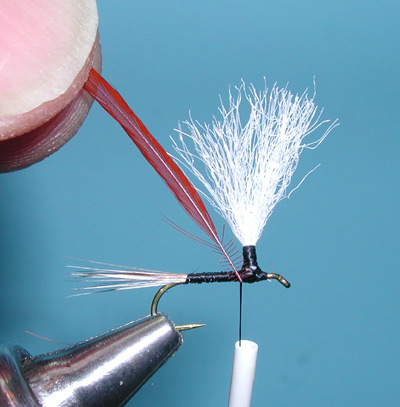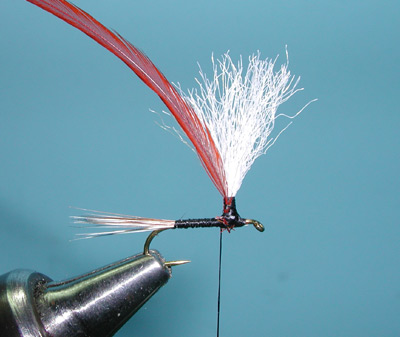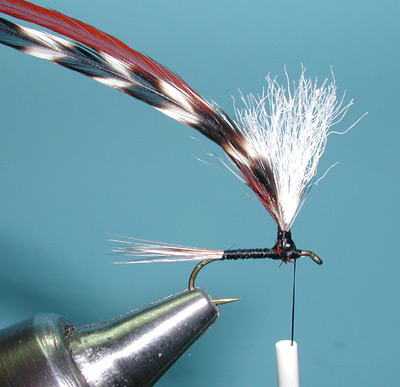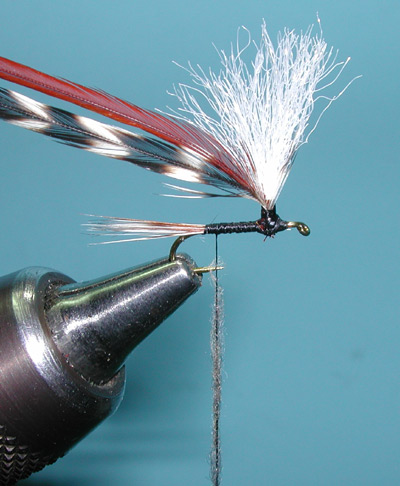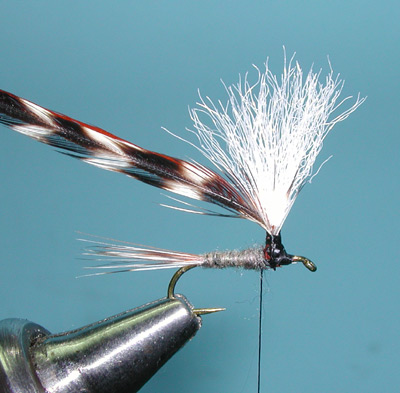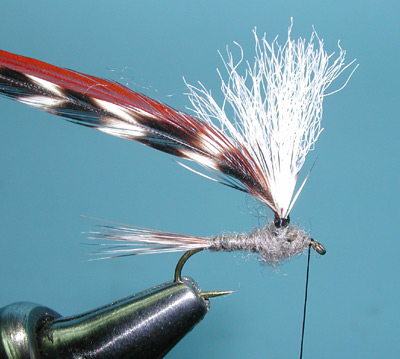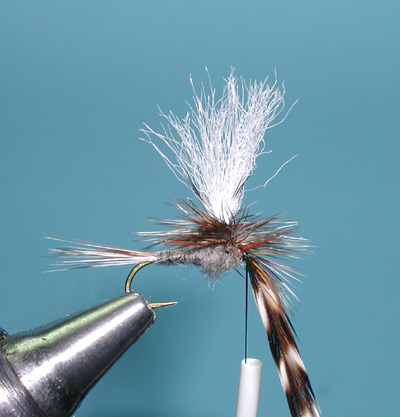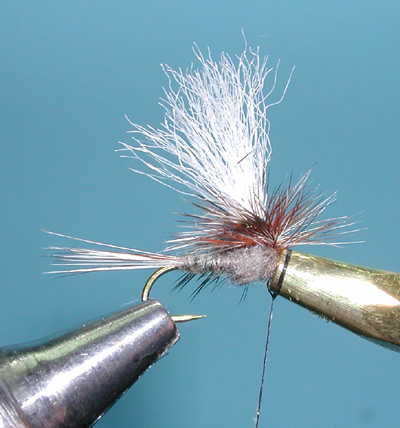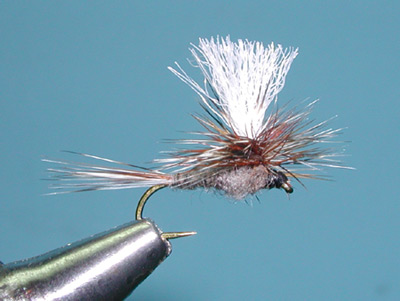Parachute Adams – proven and admired through time
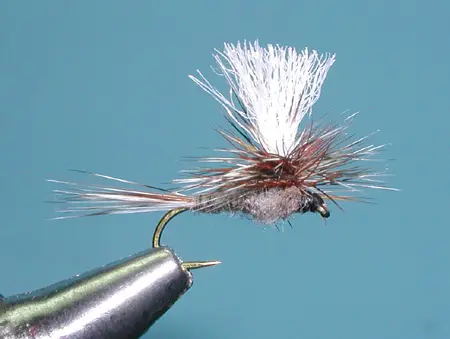
Parachute Adams
Tying Instructions
| Materials
to Order Material, click the link |
|
|---|---|
| Hook | Tiemco 100 #12-20 |
| Thread | Danville Black or Gray 6/0 |
| Body | Adams Gray Superfine |
| Tail | Grizzly and Brown Spade Hackle Fibers |
| Wingpost | White Polypropylene Floating Yarn |
| Hackle | Grizzly and Brown Hackle |
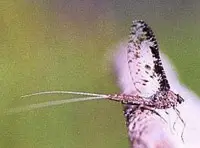
Parachute Adams
The Parachute Adams does so well on it’s own that often it can be considered upon it’s own merits rather than just a variation of the original Adams fly designed by Leonard Halladay in 1922. One problem with the Adams is that it is difficult to see with the grizzly and brown hackles. The use of a parachute helps in sighting the fly but also in lowering its into the surface film.
Helen Todd
The Parachute technique is generally attributed to a young Scottish fly tier by the name of Helen Todd. She came up with the idea of wrapping horizontally after reading an American Fly Fishing Magazine that described tying the hackle “divided and spent”. A horizontal wrapping of the hackle would achieve the same effect. She used stiff pig bristles for the wing post. However, her employer Alexander Martin, designed a hook with a metal post to wrap the hackle horizontally and patented the hook in 1931. Martin owned a tackle shop in Glasgow that was established in 1778.
Gyrofly
At the same time, William Avery Brush of Detroit, Michigan also filed a patent for the same type of metal post hook but his patent was not approved until three years later. Brush licensed the hook design to A.C. Mills, a tackle company that Ray Bergman tied flies for and theParachute Adamswas one of the original parachute flies that was referred to as a “Gyrofly” in the 1930’s by A.C. Mills of New York. In Bergman’s book “Trout” (1938) he described the parachute technique with the Ginger Quill Gyro. Unfortunately, both hooks were too heavy, did not float well, and fell out of favor.
Hackle Quill Wing Post
At the same time, Helen Todd continued to use hackle quills for the wing post. On the Parachute Adams, a Grizzly Hackle was used as the wing post and the Grizzly and Brown hackle was wrapped around it. It took another forty years when Swisher and Richards published their book, “Selective Trout” and suggested using Deer or Calf Hair as a wing post in 1971 that the Parachute technique became popular.
Other Wing Post materials
Today, many use Floating Polypropylene yarn, Antron, Calf Tail, Turkey Flats for the wing post. Andre Puyans of Walnut Creek, CA introduced a loop wing style to the fly using Mallard Flank which gave the fly a better mayfly silhouette. The ParaWulff Adamsis an adaptation of the Para Wulff pattern designed by Jack Dennis. Adding split Wulff style wings to the Adams, making this fly is even more visible on the water! It is a great imitation for callibaetis. The split tail gives the fly a more realistic profile and the flashy mylar rib adds a lifelike segmenting that fish can’t pass up.
Variations
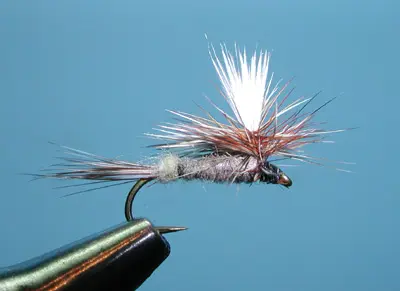
Female Parachute Adams
| Hook | Tiemco 100 #12-20 |
| Thread | Danville Black or Gray 6/0 |
| Body | Adams Gray Superfine |
| Egg Sack | Pale Yellow Superfine |
| Tail | Grizzly and Brown Spade Hackle Fibers |
| Wingpost | White Turkey Flat |
| Hackle | Grizzly and Brown Hackle |
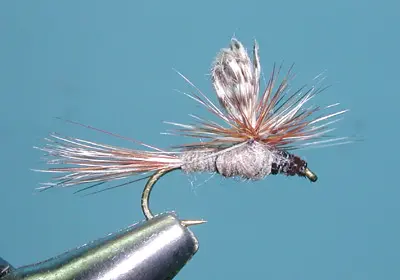
Parachute Adams, Loopwing
| Hook | Tiemco 100 #12-20 |
| Thread | Danville Black or Gray 6/0 |
| Body | Adams Gray Superfine |
| Tail | Grizzly and Brown Hackle Fibers |
| Wingpost | 6-8 Mallard Flank Fibers |
| Hackle | Grizzly and Brown Hackle |
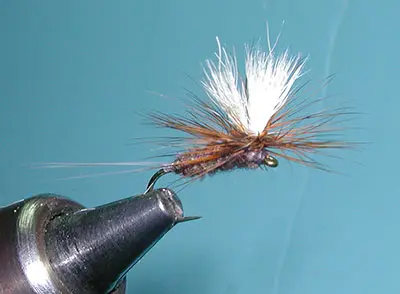
ParaWulff Adams
| Hook | Tiemco 100sp-bl #12-18 |
| Thread | Veevus 14/0 Dark Gray |
| Body | Adams Gray Superfine |
| Ribbing | Pearl Krystal Flash |
| Tail | Dun Microfibbettssplit |
| Wingpost | White Calf Body Hairsplit |
| Hackle | Brown dyed Grizzly Hackle |

